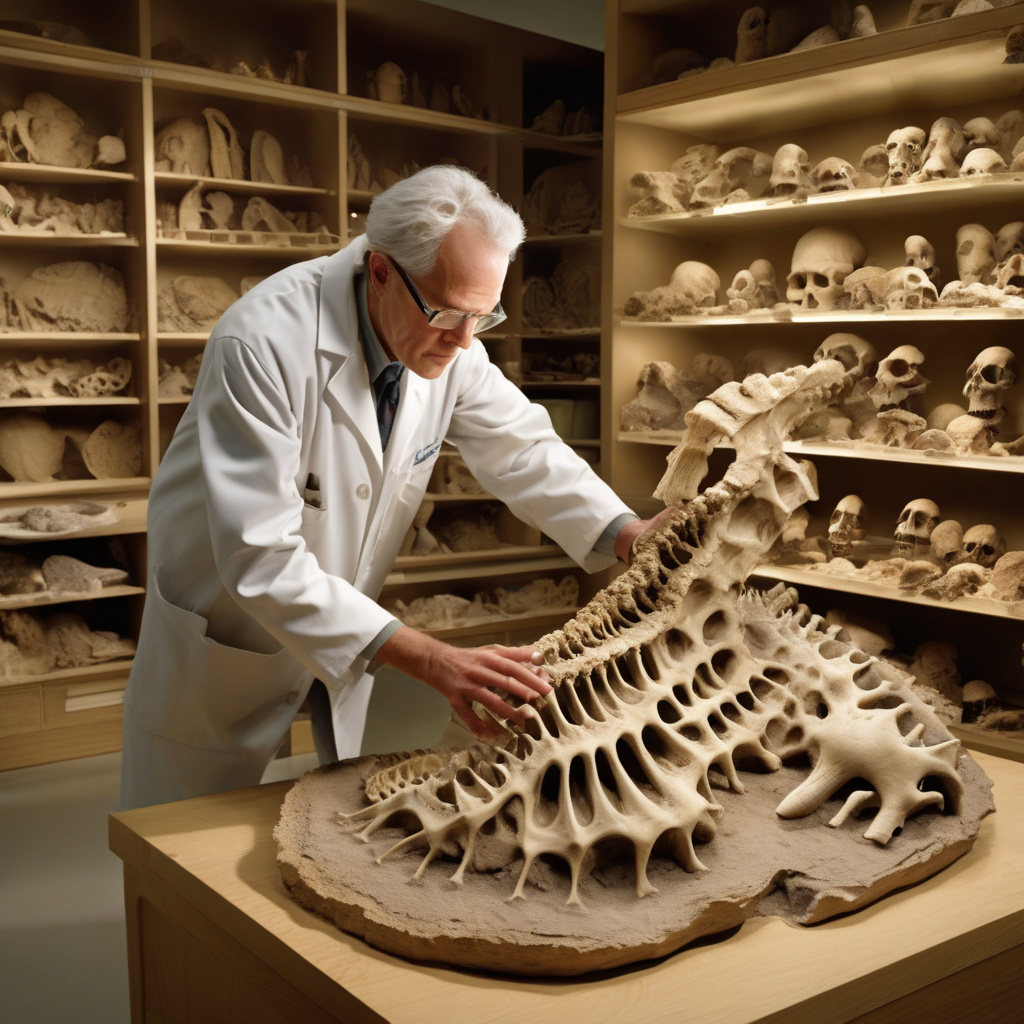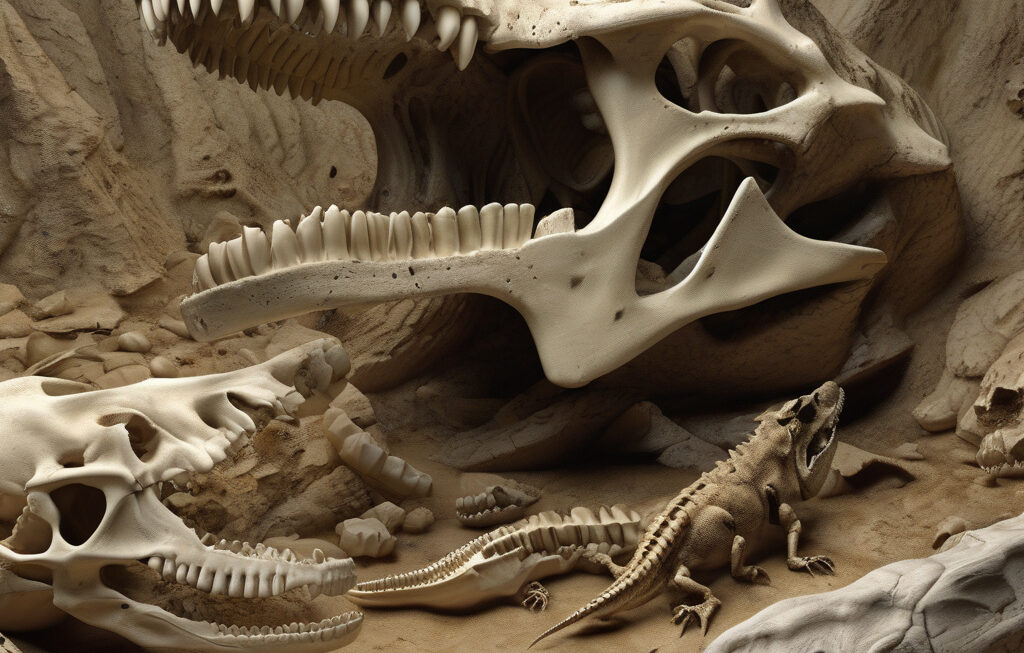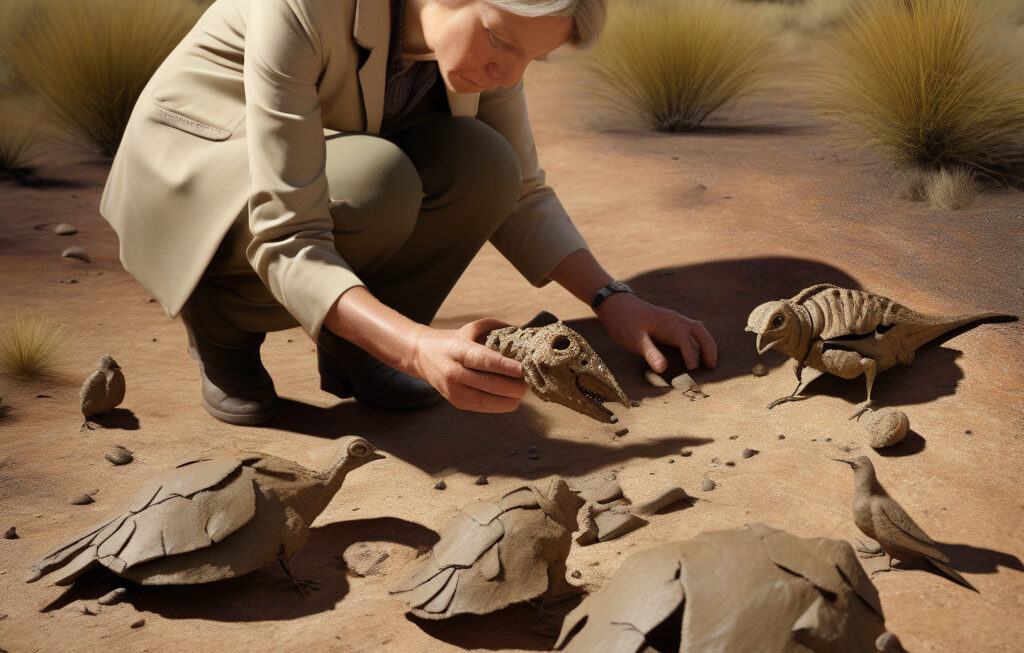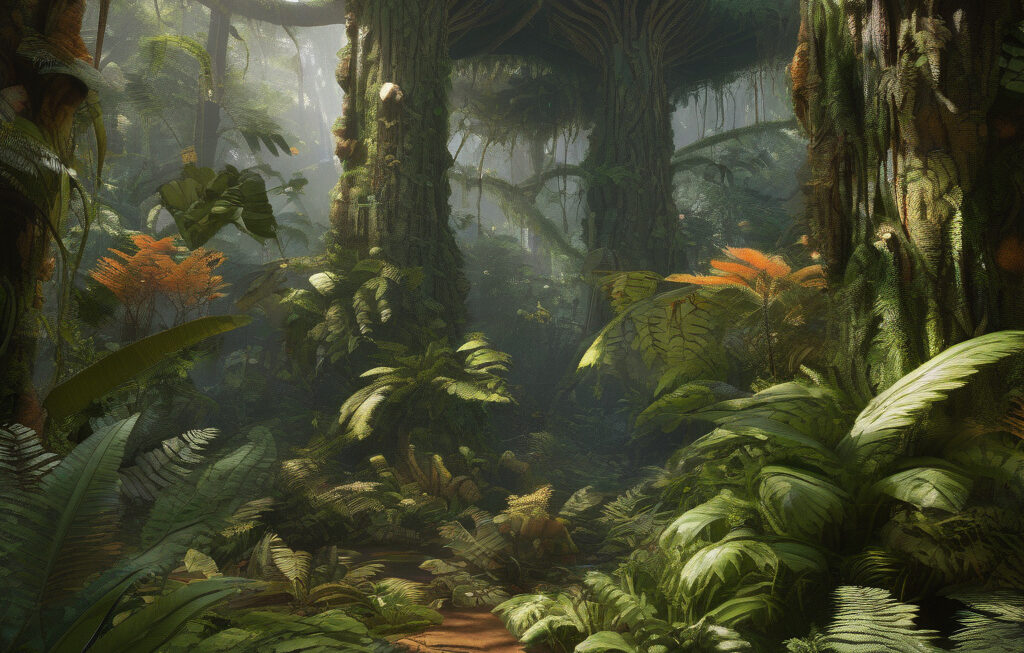Extremely rare: 2.6 million-year-old fossil identified as new species by scientists
Hiding in plain sight in Japan, researchers identified a new, “extremely rare” butterfly species with a remarkable history dating back 2.6 million years. This groundbreaking discovery sheds light on the ancient origins of these delicate creatures and provides valuable insights into the evolution of butterflies.
The fossil, which was remarkably well-preserved, was found in a limestone quarry in Japan. Scientists were astounded by the pristine condition of the specimen, which allowed them to conduct a detailed analysis of its physical characteristics. By comparing the fossil to existing butterfly species, researchers were able to determine that it belonged to a previously unknown species that roamed the earth millions of years ago.
What makes this discovery truly exceptional is the fact that butterflies, due to their fragile nature, rarely fossilize. The delicate wings and bodies of these insects typically decompose quickly after death, making it extremely rare to find well-preserved butterfly fossils. However, the unique conditions of the limestone quarry in Japan provided the perfect environment for the preservation of this ancient butterfly, offering scientists a rare glimpse into the distant past.
In addition to its remarkable age, the newfound butterfly species also boasts distinct physical features that set it apart from modern-day butterflies. Its wings display intricate patterns and markings that differ from those seen in contemporary species, indicating that butterflies have undergone significant evolutionary changes over the past 2.6 million years.
Furthermore, the discovery of this ancient butterfly highlights the importance of preserving natural habitats and biodiversity. Butterflies play a crucial role in ecosystems as pollinators and indicators of environmental health. By studying the evolutionary history of butterflies, scientists can gain a better understanding of how these insects have adapted to environmental changes over millions of years.
The identification of a new butterfly species from a 2.6 million-year-old fossil exemplifies the power of scientific research and the wonders of the natural world. Through meticulous analysis and research, researchers have unlocked the secrets of an ancient creature, expanding our knowledge of evolutionary biology and the history of life on Earth.
As we marvel at the beauty and complexity of butterflies flitting through meadows and gardens today, let us also remember the long and storied history of these enchanting insects. The discovery of a new butterfly species from millions of years ago serves as a reminder of the enduring legacy of these creatures and the importance of preserving their habitats for generations to come.
In conclusion, the unveiling of the 2.6 million-year-old butterfly fossil as a new species represents a significant milestone in the field of paleontology and evolutionary biology. This remarkable discovery underscores the importance of scientific research in unraveling the mysteries of the past and deepening our appreciation for the natural world.
butterfly, fossil, species, scientists, evolution












